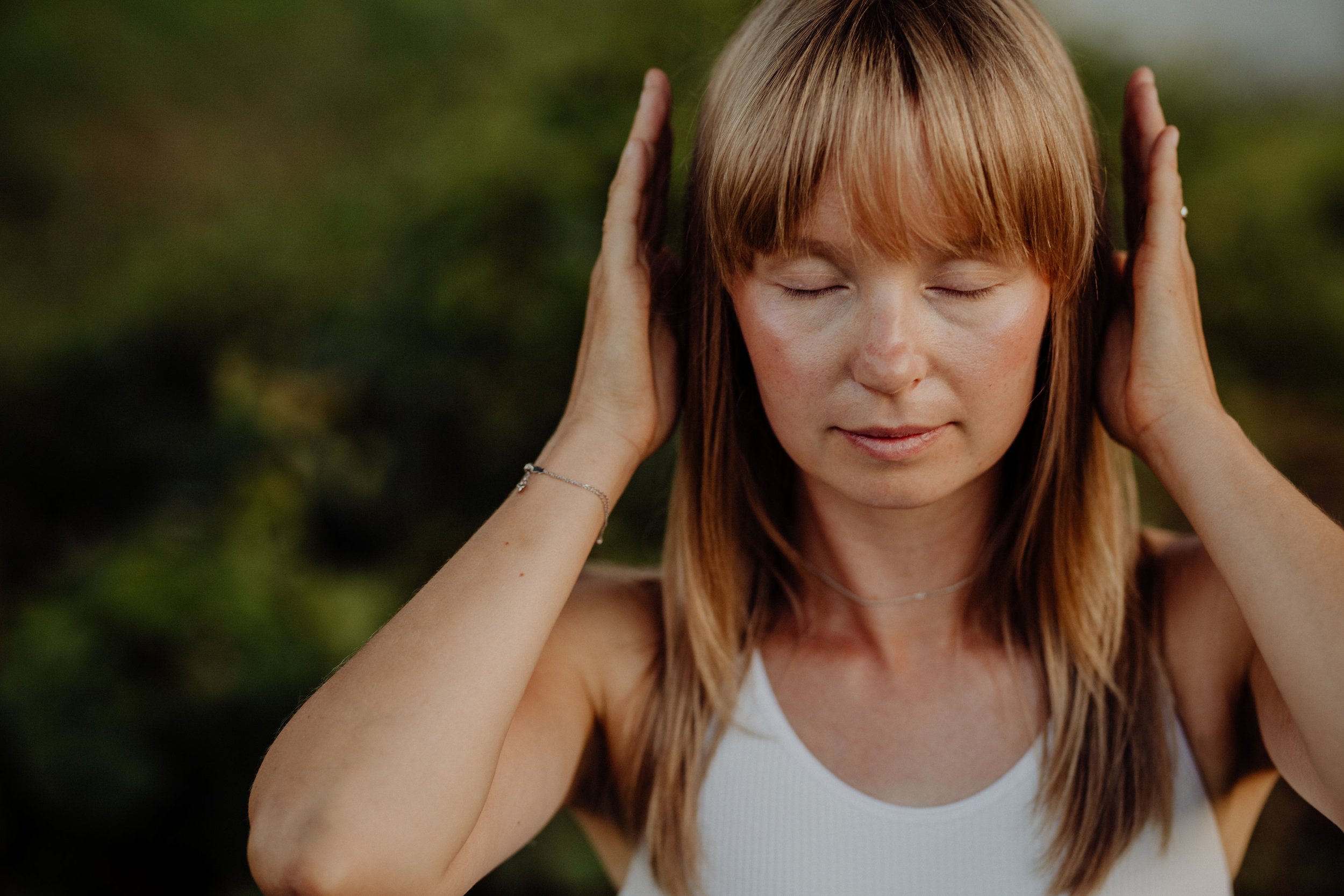The Magic of Meditation
A few days ago I came back home from a beautiful yoga retreat in Spain where I had the great pleasure to assist my teacher Tove Palmgren in her annual yoga retreat on the hills of Malaga. Spending a week immersed in nature, taking extra care of my body, spending precious silent time with myself, and taking distance from the hectic and noisy outer world inspired me to write a bit about the magic of meditation.
In our modern society, the tempo is fast, the pressure to achieve is enormous, and the flood of information is heavy. There is a constant barrage of sights, smells, and sounds. Oftentimes our daily life can feel like we're running a marathon. Always on the go with hundreds of things running through our minds. It's no wonder that the stress-related fight or flight system inside us has been activated to the point of overload.
Our minds are like sponges that absorb everything from their surroundings. A lot of gunk can enter our minds through our senses creating big-time mental chaos and confusion. Just think about all the channels through which your senses are stimulated every single day and how much space all that information takes in your mind.
If we allow life (and our mind) to pull us only in one direction we lose our inner balance and one day will find ourselves lying on the ground burnt out and without the slightest sense of who we truly are. Our bodies are intelligent and constantly seeking balance in order to stay healthy. Yoga in its various forms is a powerful tool
Meditation can be a great help in reducing the amount of attention focused outward and a valuable technique to turn our attention inward. Sitting in meditation teaches us how to still and control the mind and allows us to become more open to our mental and emotional processes.
Meditation increases activity in the right brain which is considered to be the site for more intuitive, feeling-related, and comprehensive thinking. Long-term, regular meditation practice provides us with the skills to achieve a state of inner clarity and peace and teaches us to trust our intuition.
Meditation reduces activity in the sympathetic nervous system (the fight or flight system) and creates physiological effects like:
Decreased oxygen consumption
Lower pulse and breath rate
Relaxed muscles
Increase in the long alpha waves which are associated with deep sleep
Stress hormone levels fall
The experience of pain becomes less pronounced
Regular meditation can lower blood pressure and help normalize the heartbeat
In order not to become externally referential and lose ourselves, it is important to learn how to attain an internal frame of reference so that we can let our true nature blossom. If we live only from the mind, our true self will wither. By training our mind and learning to control it through meditation we train the mind to become a loyal servant and let our inner wisdom blossom.
People often think that meditation is complicated and requires a lot of time but in its simplest form, all you need to do is to gaze at the horizon and just let yourself immerse in the beauty in front of you, breathe, and feel. Below is a simple and short meditation practice you can do anywhere. The purpose of the following practice is to declutter your mind from all the useless information and make space for thoughts that matter. But before you close your eyes and get into the meditation practice I'd like you to imagine the following:
For a moment, consider your mind being your home.
Imagine your home being clean & tidy with only objects that bring you joy. Everything is in its right place and wherever you look you just feel a sense of freedom and peacefulness. A smile comes to your face when you see the space around you.
Then imagine your home being messy and full of clutter. Wherever you look you see objects you don't actually even like and there is stuff lying in places where they shouldn't be. The chaos around you makes you feel distracted and frustrated.
This same applies to the mind.
Now, with that said I leave you to the practice.
Sit in a comfortable position and close your eyes. Withdraw yourself from the surroundings by drawing your senses inwards on each inhalation and on the exhalations feel calm and grounded. Breathe like this for a few minutes. Then bring your attention to your thoughts. See your thoughts as images that your mind projects to a screen in front of your eyes. Just like watching a movie. See the thoughts coming and going without allowing yourself to cling to them. With each long exhalation let go of one thought, on the next long exhalation let go of another one, and so on. Continue this for about five minutes. Breathing smoothly. When you're ready, slowly open your eyes to bring yourself back.
I hope this left you feeling more focused, lighter, and peacef

